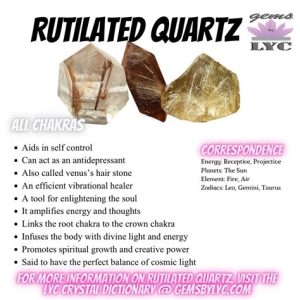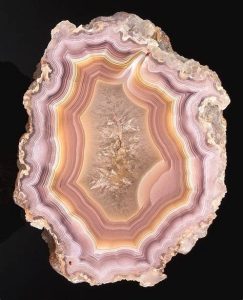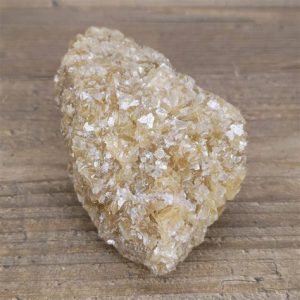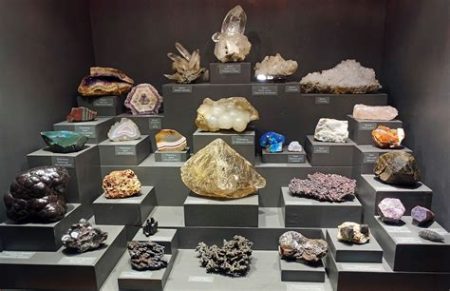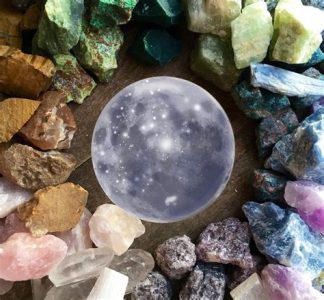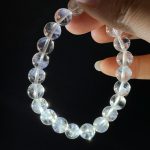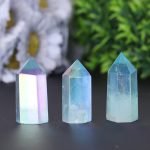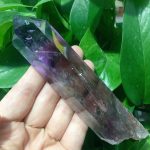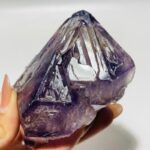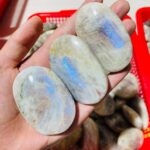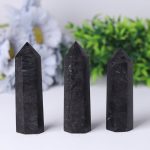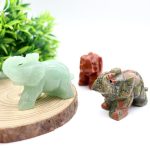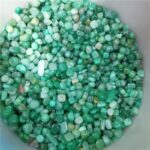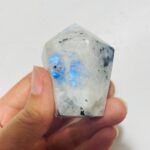Introduction

Chalcedony agate, a captivating gemstone, has long been admired for its delicate beauty and enigmatic properties. Its ethereal hues and intricate patterns have inspired awe and wonder throughout history, earning it a place in ancient legends and modern-day healing practices.
Composition and Formation
Chalcedony agate is a microcrystalline variety of silica, composed primarily of quartz. It forms when microscopic quartz crystals grow in concentric layers within gas-filled cavities in volcanic rocks. As the crystals accumulate, they create intricate patterns and banding that give each agate stone its unique identity.
Colors and Patterns
Chalcedony agate exhibits a wide range of colors, including blue, green, pink, purple, red, and yellow. These hues arise from trace impurities within the silica. Common patterns include banding, fortification lines, and dendritic inclusions.
Historical Significance
Chalcedony agate holds a rich historical significance. In ancient Egypt, it was believed to protect against snake bites and evil spirits. In ancient Greece, it was associated with the goddess Athena and used as a symbol of purity and wisdom. Medieval Europeans employed agate amulets for protection during battles.
Healing Properties
For centuries, chalcedony agate has been revered for its purported healing properties. Many believe it promotes emotional balance, reduces stress, and enhances communication skills. It is also said to balance the chakras and align the body with its natural rhythm.
Scientific Evidence
While the healing powers of chalcedony agate remain largely anecdotal, some scientific studies have suggested that it may have therapeutic effects. For instance, a study published in the journal “Subtle Energies & Energy Medicine” found that exposure to chalcedony agate crystals reduced cortisol levels, a hormone associated with stress.
Applications
Chalcedony agate finds diverse applications, ranging from jewelry and decorative objects to spiritual practices and alternative medicine. Its beauty and durability make it a popular choice for gemstone settings, cabochons, and beads. It is also carved into figurines, sculptures, and other ornamental pieces.
New Application Ideas
The soothing and balancing properties of chalcedony agate inspire innovative applications:
- Wellness Devices: Incorporating chalcedony agate into wearable devices or meditation tools could promote relaxation and reduce stress.
- Therapeutic Lamps: Using chalcedony agate as a light source may create a calming and uplifting ambiance in healing spaces.
- Water Purification: Infusing water with chalcedony agate is believed to enhance its vibrational energy and promote purification.
Pros and Cons of Chalcedony Agate
Pros:
- Beautiful and visually captivating
- Durable and versatile
- Purported healing and metaphysical properties
- Relatively inexpensive compared to other gemstones
Cons:
- Some patterns may be less desirable or valuable
- Can be scratched or chipped if not handled carefully
- Authenticity may be difficult to determine
Tips and Tricks
- Clean chalcedony agate with a soft cloth and mild soap solution.
- Avoid harsh chemicals or ultrasonic cleaners.
- Store agate in a cool, dry place away from direct sunlight.
- Use a magnifying glass to examine patterns and identify genuine stones.
- Consult with a reputable gemologist for authentication and appraisal.
Common Mistakes to Avoid
- Mistaking dyed or enhanced agate for natural stones
- Purchasing agate that is too small or low-quality
- Handling agate carelessly, leading to scratches or damage
- Expecting miraculous healing without seeking professional medical attention
- Using agate for malicious or manipulative purposes
Tables
Table 1: Chalcedony Agate Color and Meaning
| Color | Meaning |
|---|---|
| Blue | Calm, communication, peace |
| Green | Abundance, healing, prosperity |
| Pink | Love, self-acceptance, harmony |
| Purple | Spirituality, intuition, transformation |
| Red | Energy, passion, protection |
| Yellow | Joy, optimism, creativity |
Table 2: Physical Properties of Chalcedony Agate
| Property | Value |
|---|---|
| Chemical Composition | SiO₂ |
| Crystal System | Trigonal |
| Hardness | 6.5-7 on Mohs scale |
| Density | 2.57-2.64 g/cm³ |
| Refractive Index | 1.53-1.55 |
Table 3: Global Chalcedony Agate Production
| Country | Production (metric tons) |
|---|---|
| Brazil | 25,000 |
| Uruguay | 15,000 |
| India | 10,000 |
| Madagascar | 5,000 |
| China | 2,000 |
Table 4: Chalcedony Agate Market Value
| Quality | Price per Carat |
|---|---|
| Transparent, well-banded | $0.50-$2.00 |
| Opaque, less defined patterns | $0.10-$0.50 |
| Dyed or enhanced | $0.01-$0.10 |
Conclusion
Chalcedony agate, with its captivating beauty and purported healing powers, continues to captivate hearts and minds alike. Its versatility and affordability make it accessible to a wide range of individuals, from collectors and jewelry enthusiasts to those seeking spiritual enlightenment. By embracing the energy of chalcedony agate, we can harness its transformative properties to promote balance, well-being, and personal growth.

